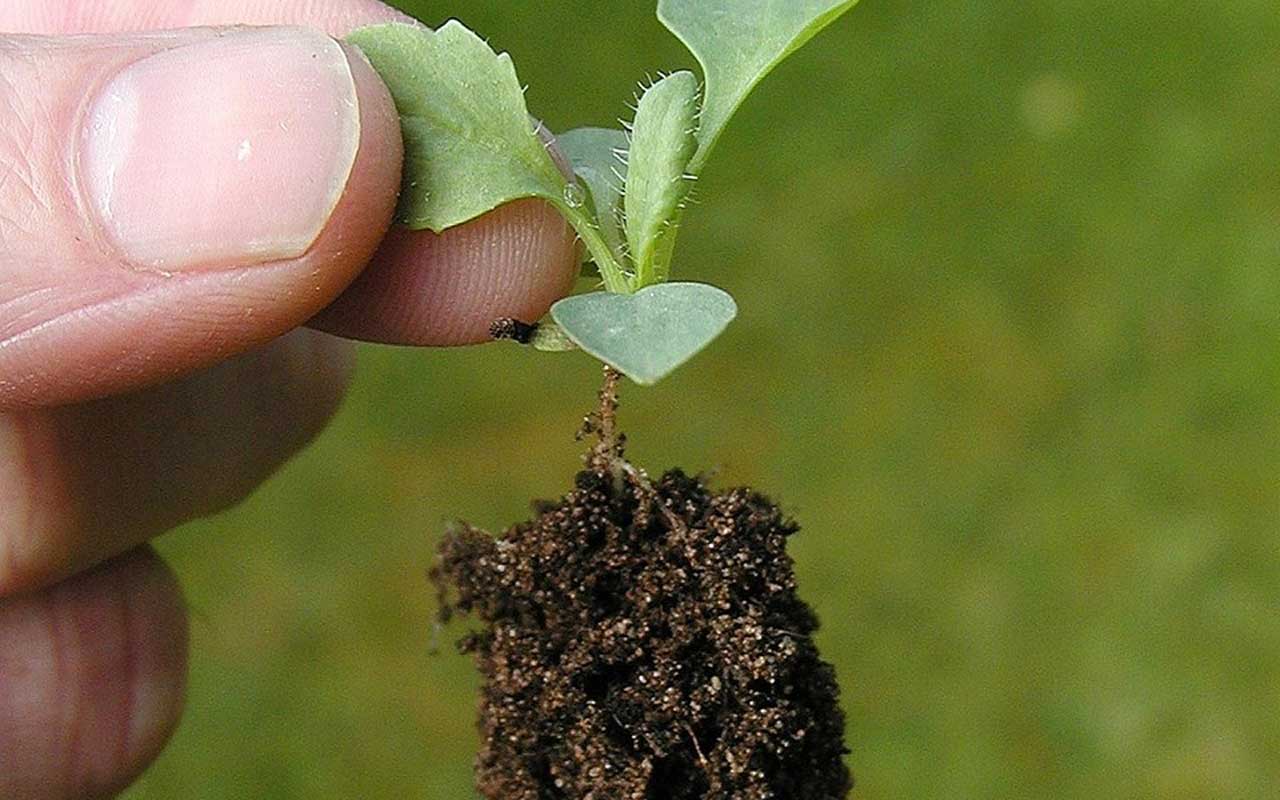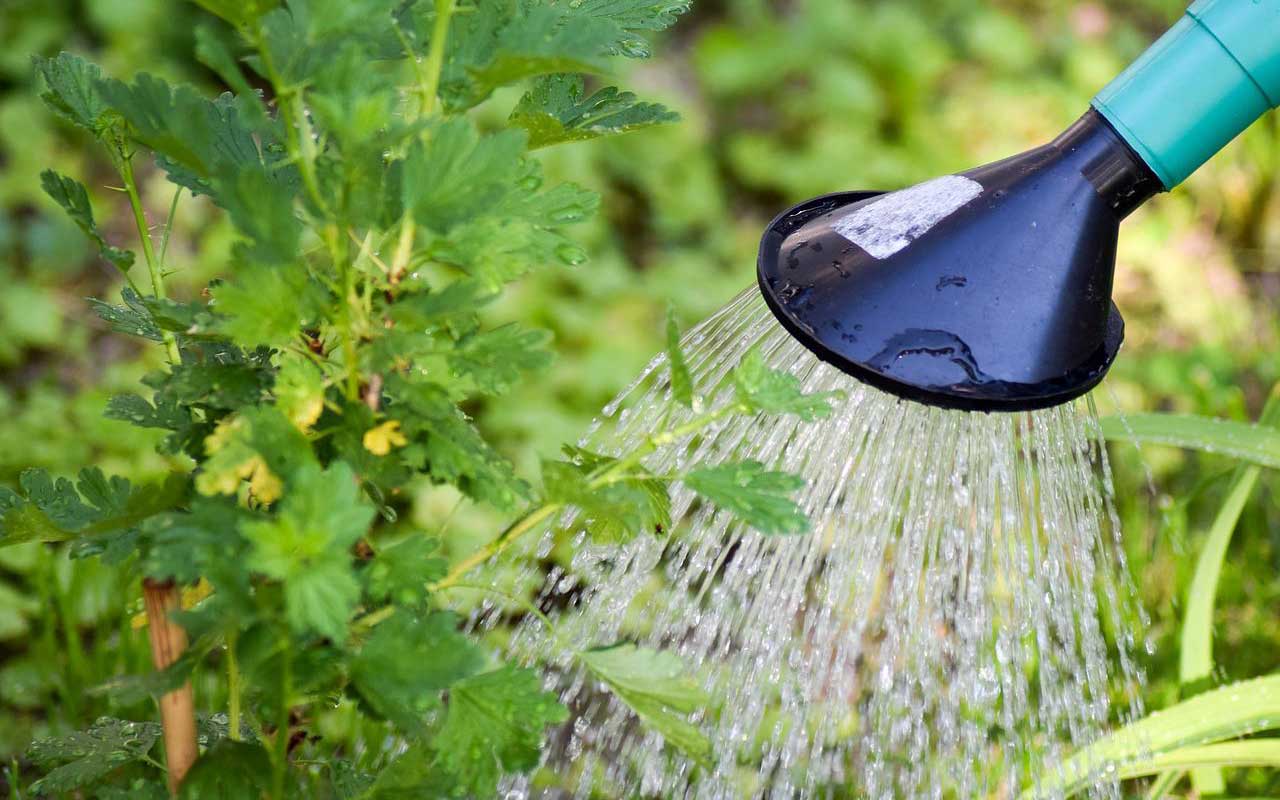Menu
June is often to be one of our sunniest months here in Hampshire and often with some of the lowest rainfall. Of course, the longest day falls in June, too; on Tuesday 21st this year (weather depending) we can enjoy around sixteen and a half hours of sunshine before the sunrise and sunset times slowly start to creep in again for another year. All that sunshine means that our gardens really start to get into their stride. June doesn’t tend to be a month for big garden jobs but is more about keeping on top of the little, regular ones, like deadheading and watering. Here’s our round-up of what to do this month.

As a general rule, removing dead flowers from any plant helps to encourage new flowers to form. A regular potter around your garden in the cool of the evening with your secateurs can be a lovely way to help keep your garden blooming. (The only flowers this does not apply to are any that you hope will turn into a crop, of course!)
As spring flowering shrubs and perennials start to fade, now is a good time to cut them back and thin out older stems; it may even encourage a new flush of foliage. This applies to species like Philadelphus, Pulmonaria and Choisya. Now is also a good time to summer prune a Wisteria, reducing the long side shoots, to help encourage flowering next year.
As you prune, think about whether your prunings might make new plants. Softwood cuttings taken from houseplants, shrubby herbs, Pelargoniums, Hydrangeas and more can all do well at this time of year. Get them into moist but well-drained compost as quickly as you can and place in a bright spot, out of direct sunlight.
Plant & sow

If you haven’t already, now is the time you can safely plant out anything you have been bringing on indoors; the temperature here in June rarely falls below 12’C, even at night, so it’s unlikely there will be a frost. Tender exotics like bananas and cannas, to veggies like sweetcorn and courgettes, can now take their place in the garden. Don’t forget to water them in well.
It’s not too late to sow some seeds, either. Now is the time to sow biennials, plants that germinate in the first year and flower in the second. These include such familiar favourites as wallflowers, black-eyed Susans and foxgloves. You could also sow small pots of herbs for your windowsill now to keep you in fresh leafage for the rest of the year.
As plants get growing, they will often need a little extra support until they establish. For example, sweet pea and clematis will ‘cling and climb’ with their wonderful tendrils but may need tying in when newly planted until they can get a grip.
Tying in the new stems of climbing and rambling roses horizontally will encourage more flowers. Tying in the new stems of soft, cane fruits (raspberries, blackberries etc) helps prevent potential wind damage and makes the fruit picking easier later on!
Really tall plants, like those cottage-garden favourites delphiniums, hollyhocks and some tall-growing dahlias, would probably benefit from the support of a cane in case they get top-heavy or the wind picks up. Theory has it, on the other hand, that sunflowers are better left unsupported to encourage their stems to grow more sturdy. Perhaps one to try and make up your own mind?

There is a simple rule of thumb to apply to everything in your garden about when to feed and when to water: if it’s been dry, water but don’t feed; if it’s been wet, it’s safe to feed. The logic is that the last thing any parched plant needs is fertiliser, it doesn’t have the capacity to process it without water first.
We’d also suggest that – if there has been a particularly prolonged dry spell – prioritise your watering: crops first, pots and containers second, lawns third and flower beds last. Again, it makes sense that the plants you want to work the hardest (fruit or veg crops) will need water most. Pots, containers and particularly hanging baskets are more prone to drying out so they come in second. Lawns can actually survive reasonably well without water: we’ve all seen a brown lawn but has that lawn ever failed to turn green again? Unless it’s been newly laid, hardly ever; you just have to learn to live with the brown for a while in our changing climate. Finally, unless your flower beds contain plants that you have only just planted, the established ones will have root systems than can find moisture under most circumstances so hold off watering them until it gets really dry.
When watering, use rainwater or recycled household water (grey water) whenever you can. Not only does it save on your water bills, but it’s better for the planet too. (It might also be the excuse you need to switch to more environmentally friendly shampoos and washing-up liquids!). And water early in the morning or later in the evening when you can; the cooler temperatures at those times mean more of the water reaches the plant without evaporating.

In the winter months, we talk about protecting our plants from the weather; this time of year, it’s more about protecting them from pests! Thinking about what you’re growing to produce a crop: what protection might they need from anything that could get to those crops before you do? Soft fruit can be a feast for the birds so think about using netting to protect them; just ensure that what you do use is securely tied and taut so that nothing will get trapped in it. Fleece or solid cloches can be great at protecting vegetables from specific predators such as carrot fly or cabbage white caterpillars. When you can, always go for a natural or biological solution rather than chemicals, especially on anything you are planning to eat yourself.
One job that fills some gardeners with satisfaction and others with dread is the late-night snail and slug hunt! Particularly on damp evenings, scouting around with a torch can help you keep your local population in check; what you do with them once you’ve found them is entirely up to you (and how squeamish you are!).
Further reading this June:
Don’t forget Fathers’ Day this month – here are our gift ideas!
Our guide to keeping your summer bedding looking great
Roses are looking great about now; read more about them here
Hambrooks garden design, landscaping & garden maintenance throughout Hampshire for over 50 years.

